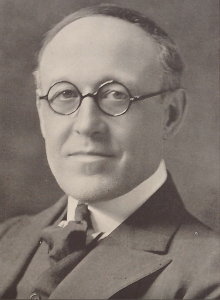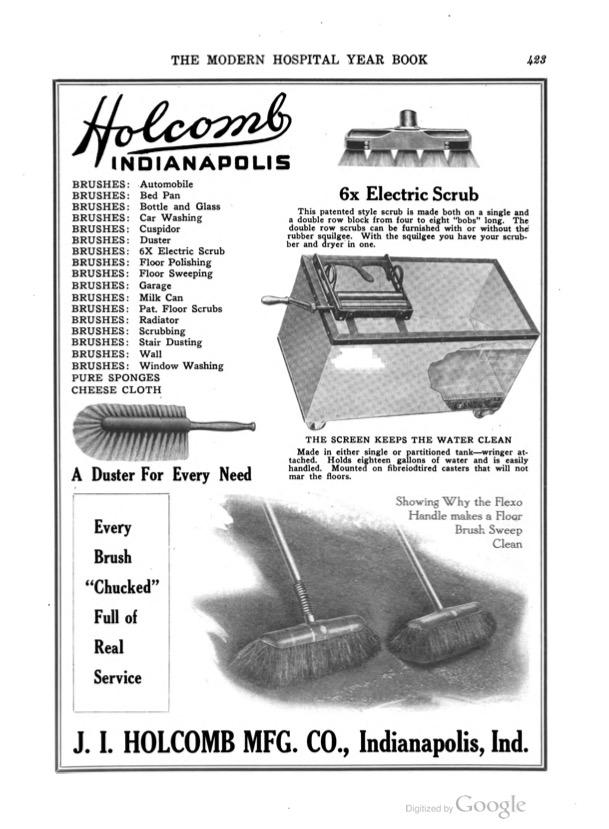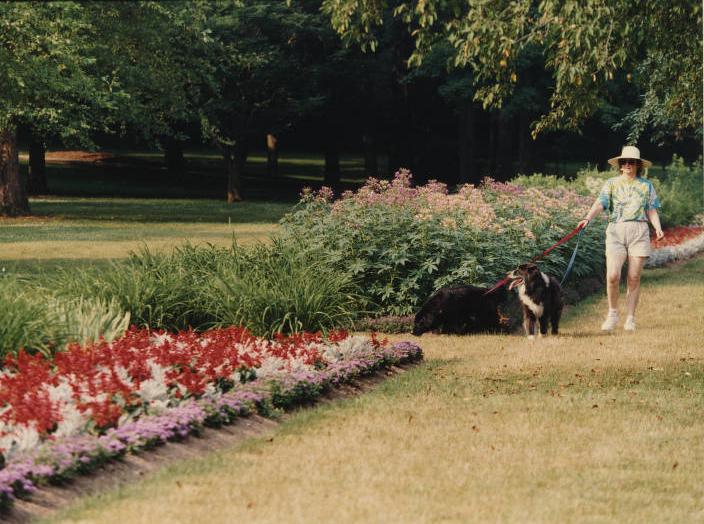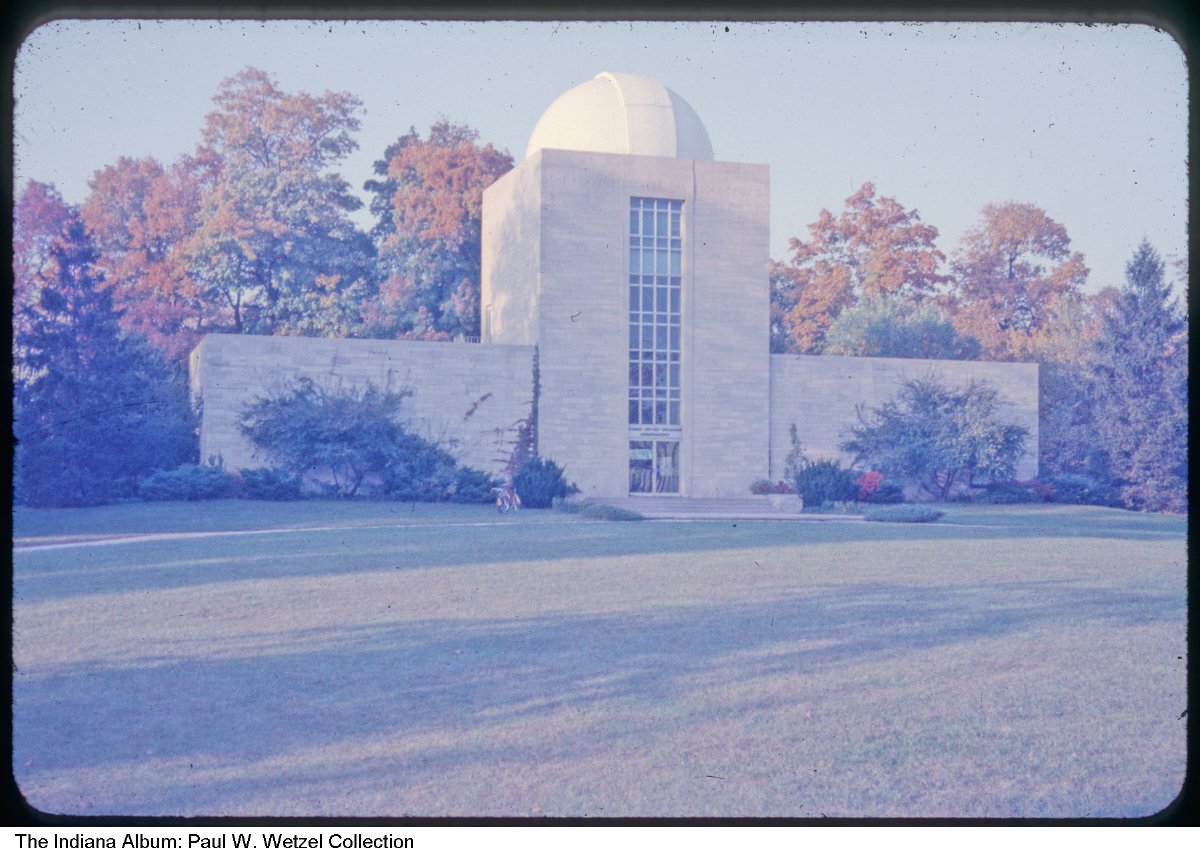
Photo info …
Credit: Indiana University IndianapolisView Source
(May 1, 1876-Apr. 8, 1962). Born in LaSalle, Illinois, to William and Sarah (Doubler) Holcomb, James graduated from Warren High School (Illinois) in 1893 and attended the University of Michigan but did not graduate. Holcomb married Musetta (Black) Beaver, a widow with one daughter, in New York City on February 4, 1898.
In 1896, Holcomb partnered with Fred Hoke in Sullivan, Indiana, in manufacturing brushes. The Holcomb and Hoke Manufacturing Company operated under this partnership until 1901 when Holcomb bought out Hoke’s shares in the company and changed its name to the J. I. Holcomb Manufacturing Company. The company, which also made cleaning chemicals, moved to Indianapolis in 1905 and later had operations in New York City and San Francisco.
In 1903, Holcomb and Hoke partnered again and purchased the American Box Ball Company in Indianapolis, which was known for producing bowling alley-related equipment. The company manufactured a range of products over the years, including commercial refrigerators, fire-tender coal stokers, and peanut roasters. Eleven years later, the company developed the Butter-Kist popcorn machine—claimed by the company to be the first fully automated machine that integrated moving machinery with a heating element for food—and the company’s name changed to the Holcomb and Hoke Manufacturing Company in 1914, a separate entity from the J. I. Holcomb Manufacturing Company. In later years, Holcomb and Hoke also made folding doors.

Holcomb and Musetta participated in and donated to many local organizations while living in Indianapolis. One example is the , where they were both members and Holcomb served as a trustee and on the finance committee. When the church opened at its site in the neighborhood, the building included the Jessie Mae Holcomb Memorial Chapel, named in memory of Musetta’s daughter who died in 1938.
Holcomb’s largest philanthropic endeavor was with . He began making donations for campus beautification in 1932, served on its board of directors for over 24 years, and gave an estimated $4 million to the institution during his lifetime. He was reported to be the first life member of the Butler University Alumni Association, and after nearly a decade of board service, he received an honorary doctorate from the university in 1945.

After being elected to the Butler board of directors in 1936, Holcomb became chair of the buildings and grounds committee (1936-1955) and donated money for improvements to the football stadium, including landscaping and the press box (1938); the James Irving Holcomb Botanical Garden, including the Holcomb Garden House and Holcomb Lake (1950); the James Irving (1954); the Hilton U. Brown Theatron, named in honor of university alumnus and longtime board of directors president (1954, demolished 2005); the Holcomb Institute (later Holcomb Research Institute, 1958-1991); and the Musetta Holcomb Memorial Carillon Tower (1959). (See also and .)
Following his tenure as chair of the buildings and grounds committee, Holcomb served as Butler University board president from 1955 to 1962. In this position, he helped with events related to the University’s centennial celebration in 1955 and oversaw the initial planning and direction of the following additional university buildings: Lilly Hall (1962), (1963), and Irwin Library (1963).

Holcomb left the majority of his estate—including his house and property near the corner of Cold Spring and Michigan roads in the town of , his shares and majority stake in the J. I. Holcomb Manufacturing Company, and money—to Butler University upon his death. The university sold the J. I. Holcomb Manufacturing Company to Premier Industrial Corporation in 1964. It used the house—known as the Holcomb Estate—for many years for dance classes but sold the property in 1982. The property has been redeveloped as a condominium complex. Holcomb is buried at with his wife Musetta and stepdaughter Jessie.

Help improve this entry
Contribute information, offer corrections, suggest images.
You can also recommend new entries related to this topic.

